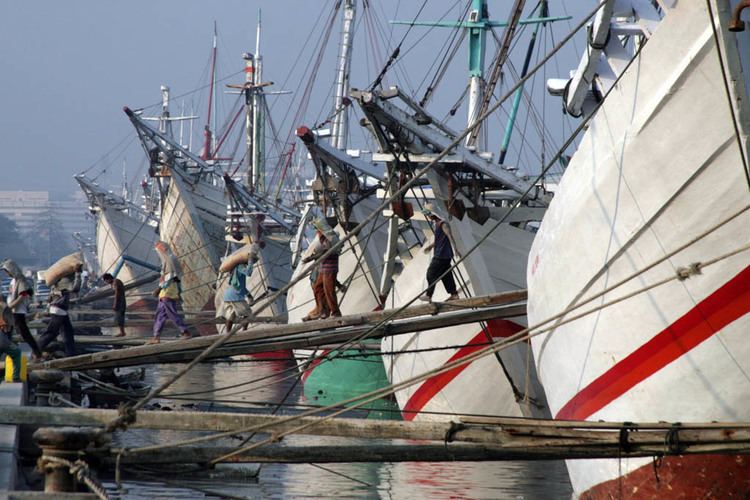 | ||
The historical sunda kelapa pier traveling with mark 3
Sunda Kelapa (Sundanese: ᮞᮥᮔ᮪ᮓ ᮊᮜᮕ, Sunda Kalapa) is the old port of Jakarta located on the estuarine of Ciliwung River. "Sunda Kalapa" (Sundanese: "Coconut of Sunda") is the original name, and it was the main port of Hindu Sunda Kingdom of Pajajaran. The port is situated in Penjaringan sub-district, of North Jakarta, Indonesia. Today the old port only accommodate pinisi, a traditional two masted wooden sailing ship serving inter-island freight service in the archipelago. Although it is now only a minor port, Jakarta has its origins in Sunda Kelapa and it played a significant role in the city's development.
Contents
- The historical sunda kelapa pier traveling with mark 3
- Jakarta old town pelabuhan sunda kelapa
- History
- References
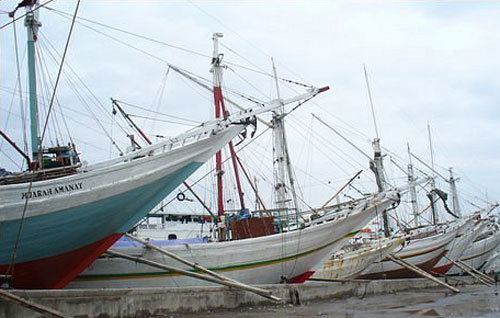
Jakarta old town pelabuhan sunda kelapa
History
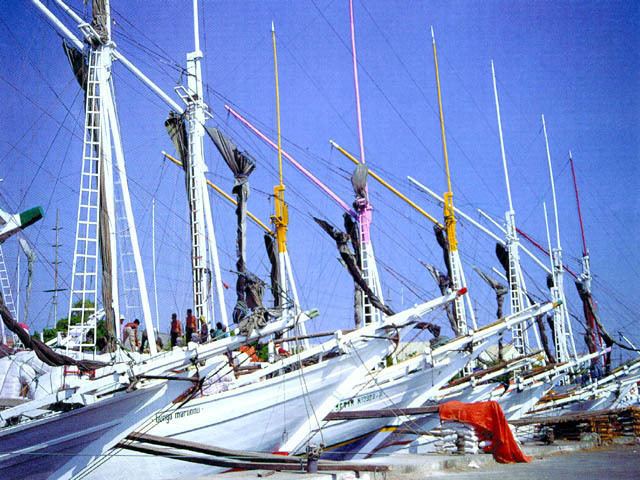
The Chinese source, Chu-fan-chi, written circa 1200, Chou Ju-kua identified the two most powerful and richest kingdoms in the Indonesian archipelago as Sriwijaya and Java (Kediri). According to this source, in the early 13th Century, Sriwijaya still ruled Sumatra, the Malay peninsula, and western Java (Sunda). The source identifies the port as strategic and thriving, pepper from Sunda being among the best in quality. The people worked in agriculture and their houses were built on wooden poles (rumah panggung). However, robbers and thieves plagued the country. However it was uncertain which port of Sunda was referred to by Chou Ju-kua, it probably referred to the port of Banten, and not Kalapa.
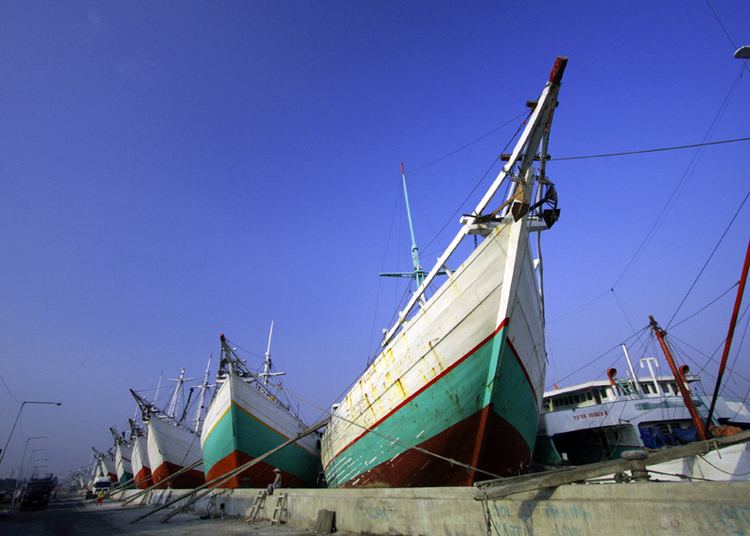
From the 13th to 16th century Sunda Kelapa was the main port of Sunda Kingdom. The port served the capital, Pakuan Pajajaran, located about 60 km inland south, along the Ciliwung river hinterland, now the site of modern Bogor. The port thrived on international spice trade especially pepper, the main spice produce of the Sunda kingdom. Sunda Kelapa, together with Aceh and Makassar, were one of the few Indonesian ports that maintained ties with Europe.
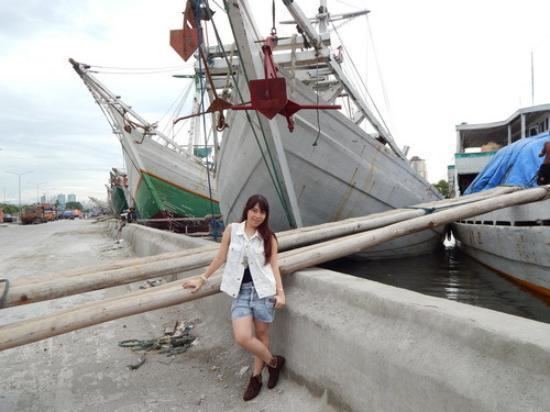
By 1511, the Portuguese had conquered Malacca and established the earliest European colony in Southeast Asia. According to Suma Oriental, written in 1512–1515, Tomé Pires, a Portuguese explorer reported about the importance of the port of Calapa which corresponds to the port of Sunda Kalapa.
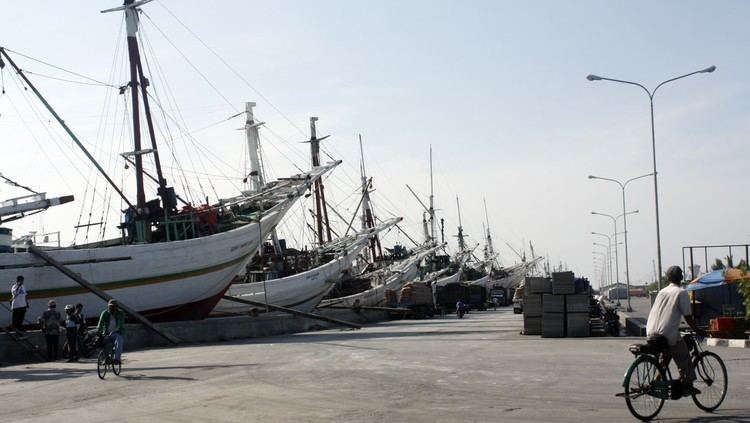
In 1522, the Portuguese secured a politics and economic agreement with the Hindu Kingdom of Sunda, the authority of the port. In exchange for military assistance against the threat of the rising Islamic Javan Sultanate of Demak, Prabu Surawisesa, king of Sunda at that time, granted them free access to the pepper trade. Portuguese who were in the service of the sovereign, made their homes in Sunda Kelapa.

However, in 1527, Fatahillah, on behalf of the Demak attacked the Portuguese in Sunda Kelapa and succeeded in conquering the harbour on June 22, 1527, after which Sunda Kelapa was renamed Jayakarta. Later, the port became a part of the Banten Sultanate.
In 1619, Jan Pieterszoon Coen, an official working for the Dutch East India Company, seized the port of Jayakarta from the Sultanate of Banten and raized the city. From the ashes of Jayakarta, the Dutch built a new city, Batavia. The old port served as the main port of Batavia until the late 19th century, when the Netherlands East Indies government decided to build a new Tanjung Priok port to accommodate the increasing traffic as a result of the opening of the Suez Canal. The new port is located 9 kilometers to the east from the old port. After the independence of the Republic of Indonesia, the Batavia old port was renamed back to its original name, Sunda Kelapa, as a tribute to the long history of the port as the cradle of Jakarta.
